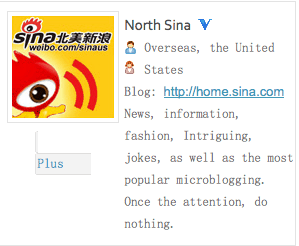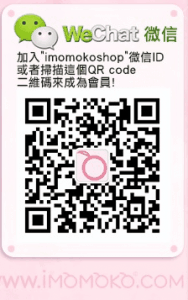Today is the day I pull the plug on Bloggers Unite, the Google+ community I so eagerly and quickly established to build a place for we bloggers to qvetch, klatch, and ‘raderie.
It worked. For a bit.
In the beginning, as with most things new on the Interwebz, the sharing and energy around Google+ was #RockHot. Everyone wanted in on the action, and my community became a friendly place for peeps to read new material and cascade a few plusses around the sphere.
After that, the invasion of the non-English bloggers happened overnight. One day, we all knew one another, and the next folks from Latin America, Europe, and South America joined and posted blogs in their native tongues.
As owner of this community, it became challenging to support and share blogs I couldn’t read. Yes, someone did inform me to use Google Translation; however, my time is limited.
Segue.
It’s All About Time
What did Google+ communities offer beyond a Facebook group or LinkedIn group? The chatter wasn’t different (in my community, at least). We who jumped in together were already connected on other social channels.
Although I did try to jump start the conversation, it seemed bloggers posted something and took off to greater confines where the engagement was more robust. I get it, so did I!
Amber-Lee Dibble, kindly accepted the role as co-manager of the community, and then she got swamped on a wild horse adventure (no kidding, she lives in the Alaska interior).
Are Other Google+ Communities Thriving?
Like you, I joined some really robust communities back in the day. When I was publishing my first book a year ago, Writing With Verve on the Blogging Journey, (if anyone wants a free copy in exchange for jumping onto my list, let me know!), I joined APE The Book managed by Peggy Fitzpatrick for Guy Kawasaki and Shawn Welch. With 3,400 members, it’s easy to get lost and lurk.
After I gleaned all I could (it was crazy with information), I had to turn off notifications as it became too much sensory overload.
Viveka von Rosen owns a community of 600 members about LinkedIn, her specialty, and I still see those notices rolling in my in box.
Maybe that’s the ticket to success for a G+ community? Specialty topics everyone wants to learn about?
Could be! And, what do you think? Are you still involved in any #RockHot Google+ communities?
Please list them here and tell us why as I’m now seeking a new home to visit!






























